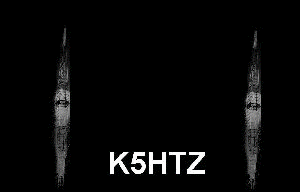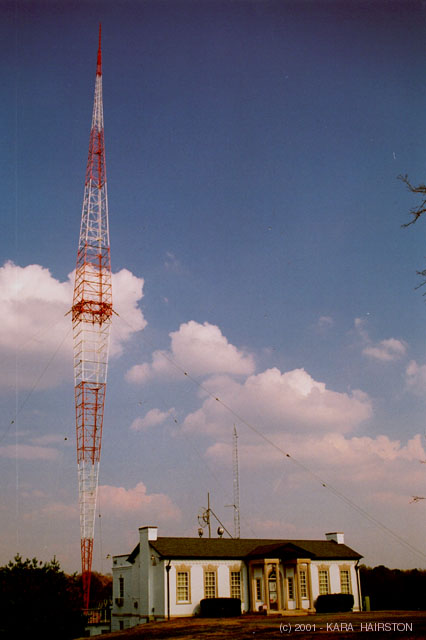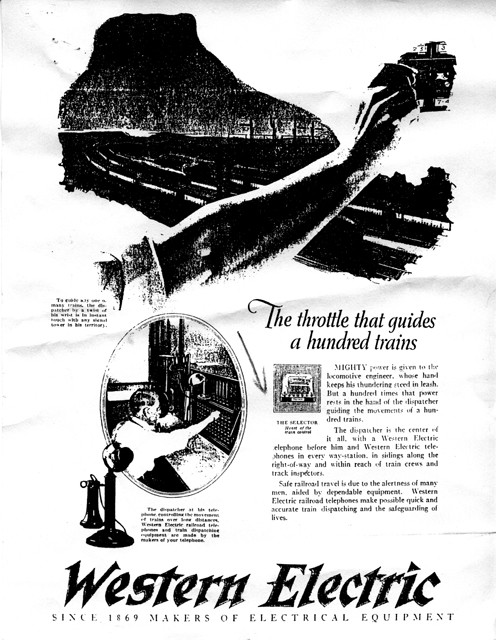| MUSEUM OF YESTERDAY |

#

You are in Gallery 2 of the Communications Collection...
Please continue on your tour.
TELEPHONES
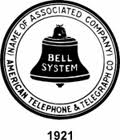 .
.  ..
.. 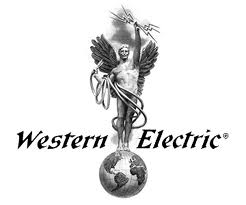 ..
.. 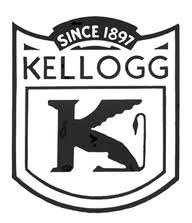
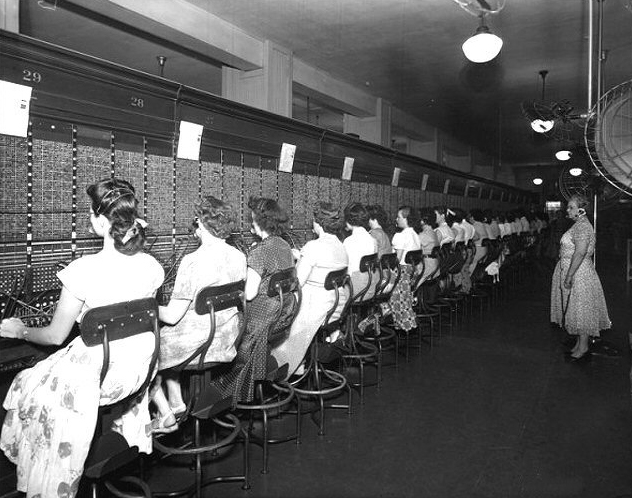
 |
The photo above is of a telephone company central exchange office showing operators manually placing calls in the pre-dial phone era. These offices had to be staffed around the clock in order to facilitate telephone service to residence and business subscribers at any time of the day or night and on holidays as well. Every connection point on this huge switchboard represented a telephone in a residence, business, or other location in the city or district being served. In larger cities, there were often multiple central exchanges similar to the one shown here. By the 1960's live operator service was all but phased out in most localities, having been replaced by automatic switching equipment and customer dialed telephones. |
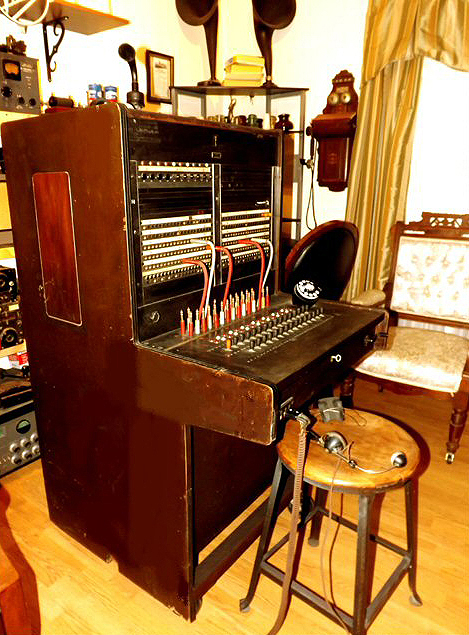
 |
The museum's antique telephone switchboard. These early PBX units were a common fixture in hotels, office buildings, hospitals, and most any application where a local multi-extension phone network was required. Incoming calls were answered by an operator, and then manually directed to the appropriate extension phone. When in house, lifting an extension phone would signal the operator to respond. The operator would then place the call on a trunk line and connect it to the appropriate in-house extension. It's hard to imagine a world where there were no dial phones, and all calls required the assistance of an operator.
|
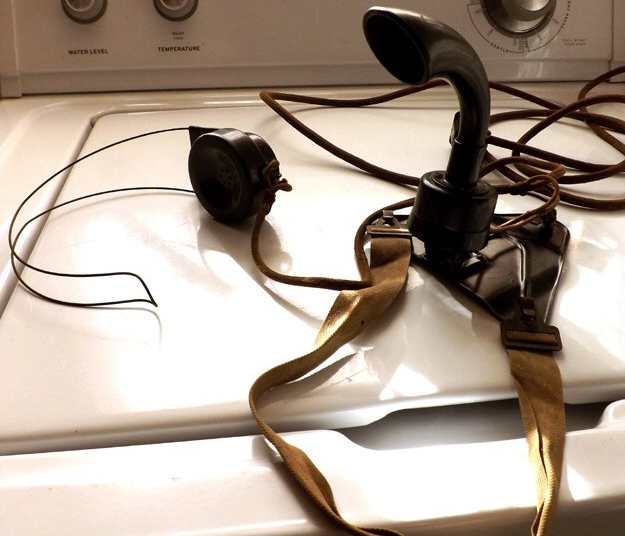
An early Western Electric operator's headset worn by Bell telephone switchboard operators.
HISTORY OF THE TELEPHONE EXCHANGES IN NEW ORLEANS, LA |
||
In most areas of the United States, the telephone system grew in proportion to the population and the number of new subscribers who came into the Bell network. Such was the case with New Orleans, LA, a city on which we have collected data because of having lived there for over 60 years. There were three periods of expansion of the network. The first occurred as early residential and business dial phones were installed. This movement lasted through the beginning of World-War II. There was some growth during the War because of the proliferation of military and support facilities on the newly developed lakefront area of the city, and also in the West Bank and East Jefferson areas. Following the war, there was exponential growth as an entire generation of young men and women came back from the war front and began to establish new families and households. Previously undeveloped areas of the city were now seeing residential and commercial development, and this led to the need for a switch from six to seven digit phone numbers. For a list of New Orleans telephone exchanges through the years, as compiled by David Grant of the New Orleans Public Library, click here |
THE EVOLUTION OF THE TELEPHONE
IN THE HOME AND IN COMMERCE
IN THE HOME AND IN COMMERCE
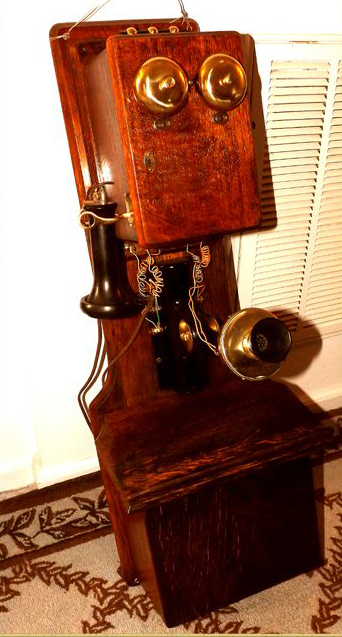
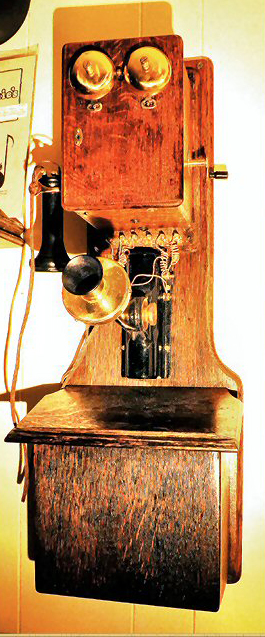
By the end of the Civil War, the telephone began to appear on the American landscape. Early telephone systems were merely local party-line type operations, connected by a local operator who usually performed the service from a switchboard located in the operator's home. Early phones required local battery power since there were no "central office" facilities to provide either line or ringing voltages to the field. A call was instituted by cranking a magneto in or near to the local phone. The operator would then respond and connect the call to the call recipient's phone. Most phone wiring was based on existing telegraph technology.
The Western Electric Model 21 wall phone, pictured above, is an example of an early battery powered phone that was placed into service in 1897. It contained three glass bottled batteries in the lower compartment which gave rise to its designation as a "three jug" phone. The receiver is an OST type, and the transmitter is on a #5 arm. These phones were the Bell System standard through the turn of the century.
The Western Electric Model 21 wall phone, pictured above, is an example of an early battery powered phone that was placed into service in 1897. It contained three glass bottled batteries in the lower compartment which gave rise to its designation as a "three jug" phone. The receiver is an OST type, and the transmitter is on a #5 arm. These phones were the Bell System standard through the turn of the century.
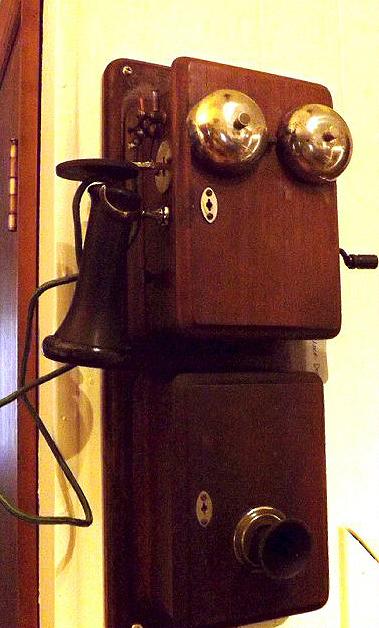
 |
Viaduct Electric Company wall phone dating to 1885. Viaduct Electric of Baltimore, MD. made these phones between the years 1883 and 1885. It was an attempt to build a phone that did not infringe on Bell patents. It has no battery, but there are large magnets behind the transmitter which generate a strong voice-powered signal. Also interesting to note is the green cloth cable between the phone body and the ear piece, which was typical of pre-1900 phones. |
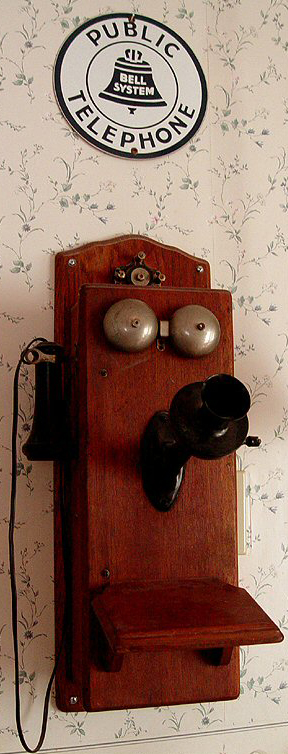
By the end of the first decade of the 20th Century, the telephone had become a necessity in many businesses and homes. In rural areas, telephone systems were being promoted as a way for customers to keep in touch with their neighbors, doctors and other necessary services. The Kellogg wall phone, pictured above, found its way into many rural homes and businesses. Phones of this design became iconic as the "country" phone.
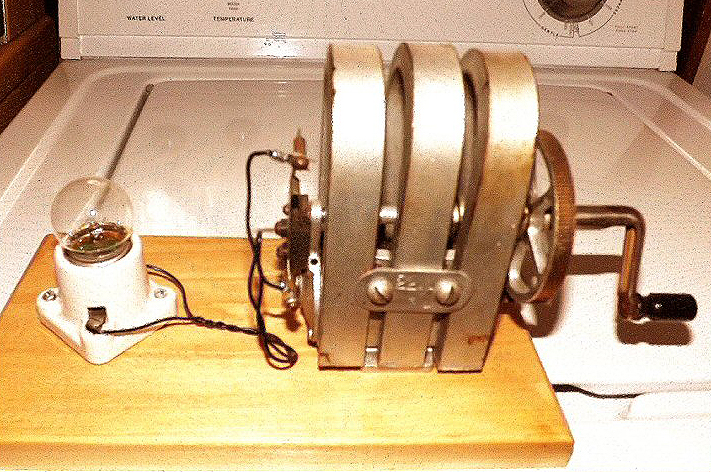
Prior to the introduction of "Central Office" services, ringing current was unavailable as a service in most areas. In order to alert an operator that someone wished to make a call, a system was devised to place an alternating current on the phone line which could then activate a bell on the receiving phone or operator switchboard. 90 volt magnetos, as shown above, were included in most phones or phone accessory sets. When the receiver was taken off-hook to place a call, a low DC voltage provided the talk link. In order to ring the bells on phones connected to the party-line, the magneto was cranked, and the 90 volt AC signal would cause the bells to ring. It did not take long for users to figure out that they could selectively call neighbors on the party-line by assigning specific ring codes (series of long and short rings) to each specific phone. This type of signaling existed in many areas even through World War II, although central office dialing and switching was available in most large cities as early as the mid-1920s.
While the magneto shown above would have been enclosed in a phone case, the unit below was used extensively with early desk phones such as the candlestick phones shown in the next section.
While the magneto shown above would have been enclosed in a phone case, the unit below was used extensively with early desk phones such as the candlestick phones shown in the next section.
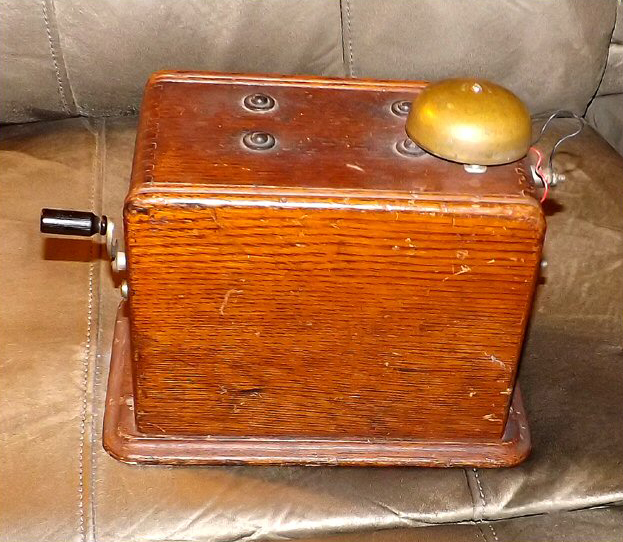
THE INTRODUCTION OF THE "CANDLESTICK" TELEPHONE

In 1918, a pandemic known as the Spanish Flu ravaged the nation and caused many deaths. Families were ordered to quarantine just as was the case with the 2020 Covid19 epidemic. This ad from New York Telephone Company, recommends passing the time spent in quarantine with a Bell System telephone.
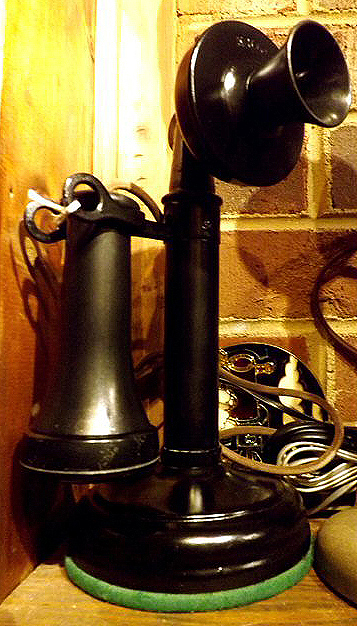
Kellogg "Candlestick" phone from the very early years of the 20th Century
As has been the case through most of the life of the telephone, design and decor soon became a consideration in the telephone industry. In the early years of the 20th Century, new tastes were emerging in the decorating industry, and telephones reflected these new tastes. The early wooden box wall phone began to give way to more versatile phones that could be placed on tables, and desks where they would become more convenient than simply standing in front of a traditional wall phone. The first of these new designs was known as the "Candlestick" phone. This phone could be moved for short distances which allowed the user to comfortably sit or move about with the phone in hand. Western Electric and Kellogg were the two primary manufacturers of these phones. Earlier models reflect the dial less design since central offices had not yet become the norm. Later, the same types of phones were outfitted with rotary dials as illustrated in the examples below.
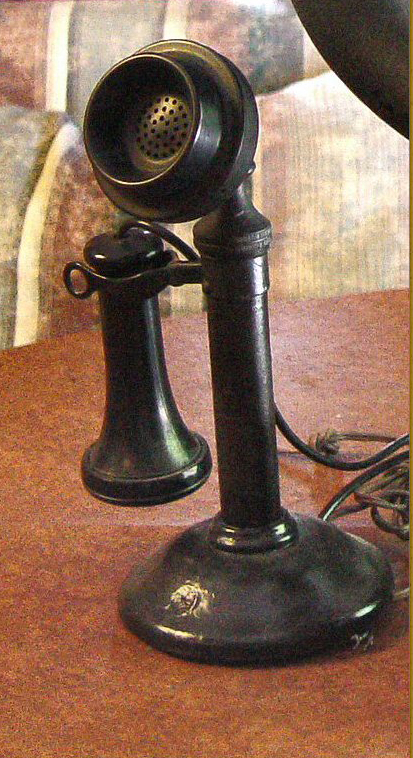
A Western Electric "Candlestick" phone of the same era. This phone is distinguished by the Western Electric "bull dog" style mouthpiece.
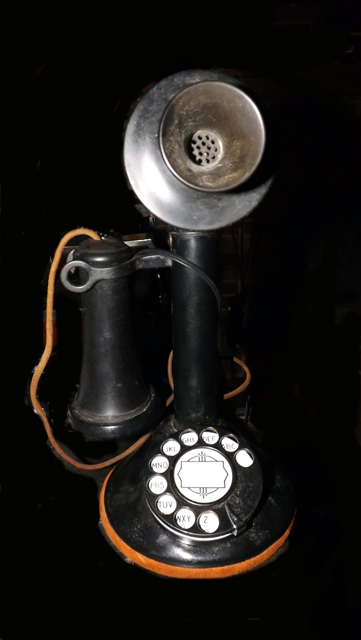
A later model Western Electric "candlestick" phone with rotary dial. These phones were in wide use by the end of the 1920s.
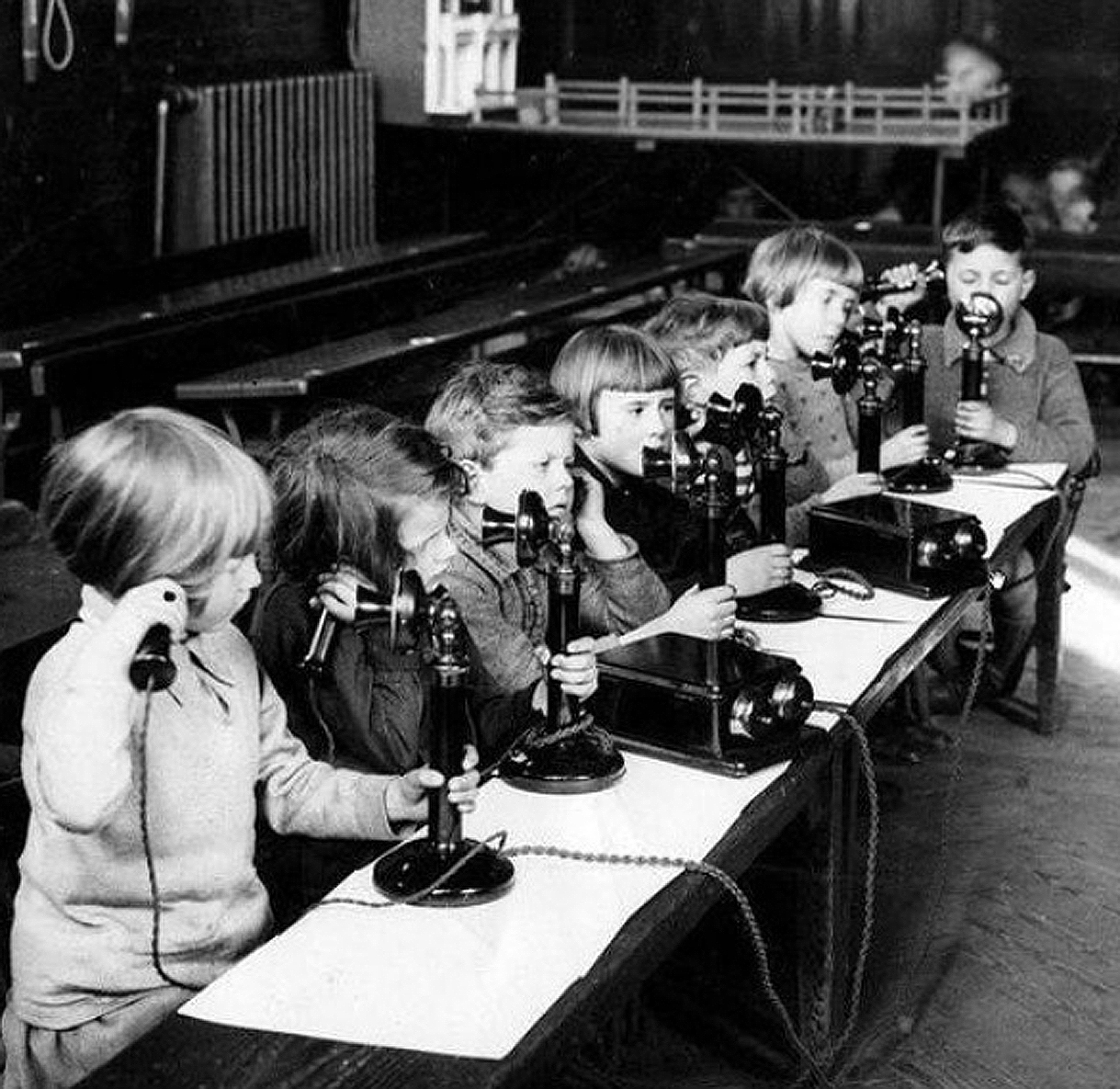
These children are believed to have been participating in a Bell Telephone marketing program. By setting up local demos at schools and public gathering venues, and allowing the children to speak to other children by phone, it was thought that they would influence their parents to have telephones installed in the home.
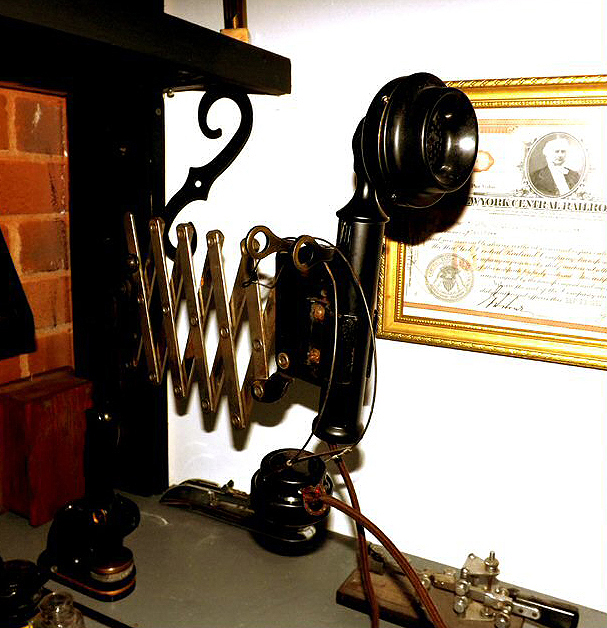
An interesting variation on the "Candlestick" phone is this "Accordion" mounting of a specially structured "candlestick" phone body. The receiver on this model is a headphone, similar to those used on Western Electric switchboards of the same era. Phones like this could be found in most railroad offices at the time, but they also found their way into industries and professions, such as accountants, stock brokers, stenographers and dispatching, where hands-free phone operation was desirable.
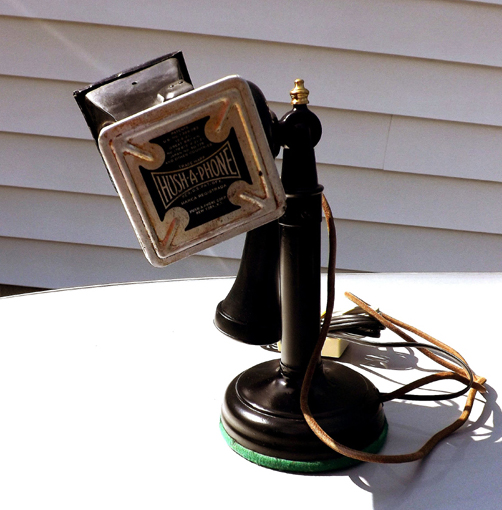
 |
The "Hush-A-Phone" (above) was an after-market add-on device for the mouthpiece of a telephone. It allowed the user to speak without being heard by others in the room. This device was the subject of one of the first lawsuits that eventually brought down the American Telephone and Telegraph Company's monopoly over the telephone industry. To read more about the eventual breakup of the AT&T monopoly, |
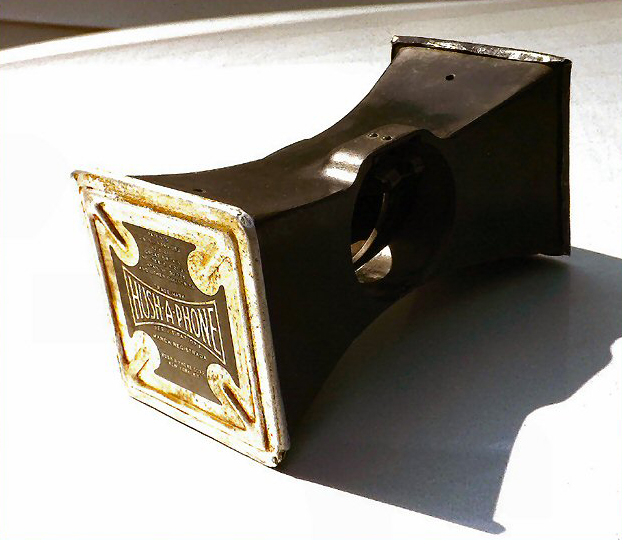
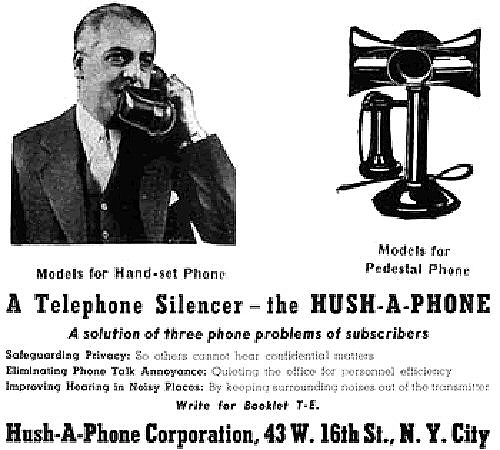
Hush-A-Phone advertising from the 1920s.
SECOND GENERATION WALL PHONES
As phone styles changed through the 1920s, the wall phone also saw a major evolution from the wooden "box" phones of the late 1800s. Wall phones were becoming smaller and more functional, although most maintained the separate earpiece and transmitter for most of the era. Below are some examples of 1920s wall phone evolution.
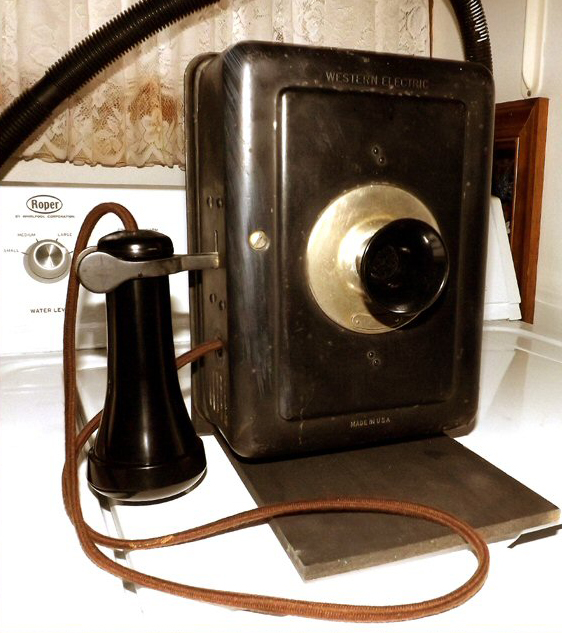
Western Electric Model 250-W wall phone was in use from 1907
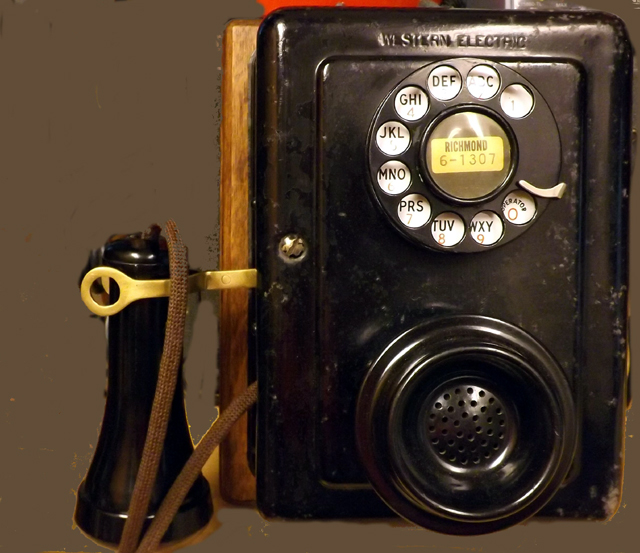
A Western Electric wall phone, with bull-dog transmitter and built-in ringer and induction coil, dating to the late 1920s.
CRADLE PHONES
During the first years of the 1930s Era, a new concept was introduced in the form of phones with a combination ear and mouth piece in one unit. Commonly referred to as the phone's "receiver," the hand piece rested on an electric switch hook cradle which would activate the phone when the receiver was lifted. This development also set the trend for several generations of cradle type table or desk phones that evolved well into the late 1900s.
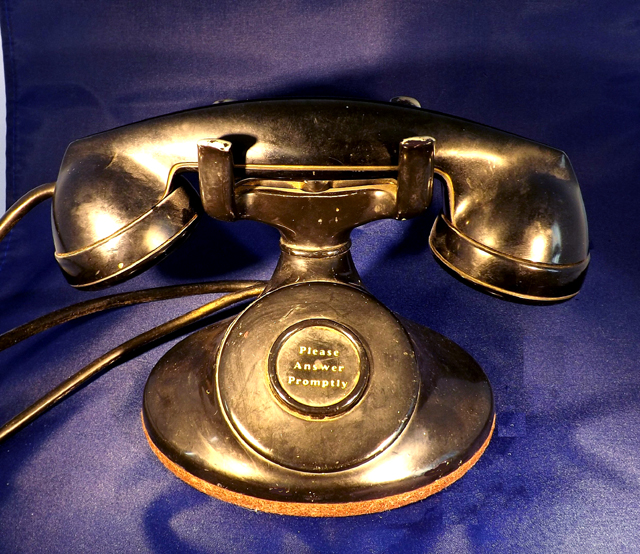
An early Western-Electric Series 201 phone. This model would have been used with an operator assisted central office system, or as an extension on a local PBX switchboard type system. .

A Western Electric 201 D1 which is an earlier version of the Model 201 above. The distinguishing feature is the older, heavier headset. This phone is also equipped with a rotary dial.
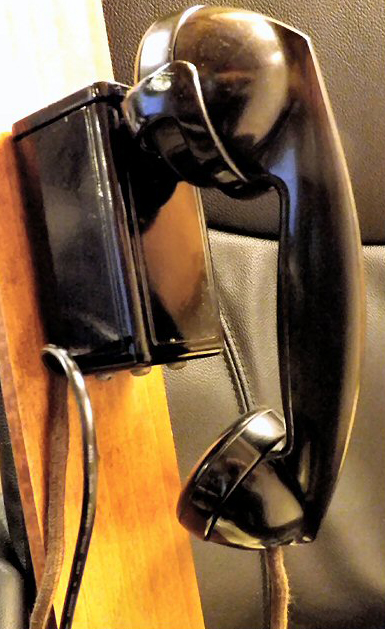
Western Electric Model 211 Space-Saver phone that would have been used with a local PBX or as a non-call initiating extension.
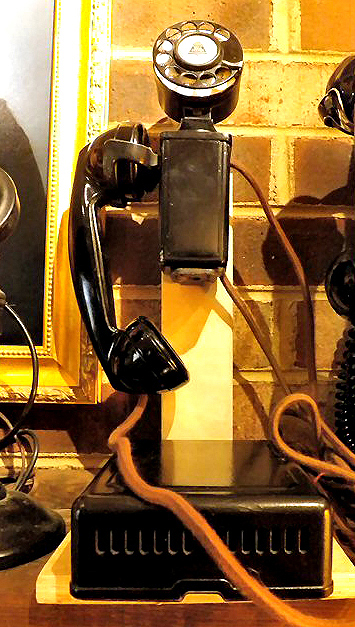
Another Western Electric Model 211 "Space Saver" with dial and W. E. subset / ringer.
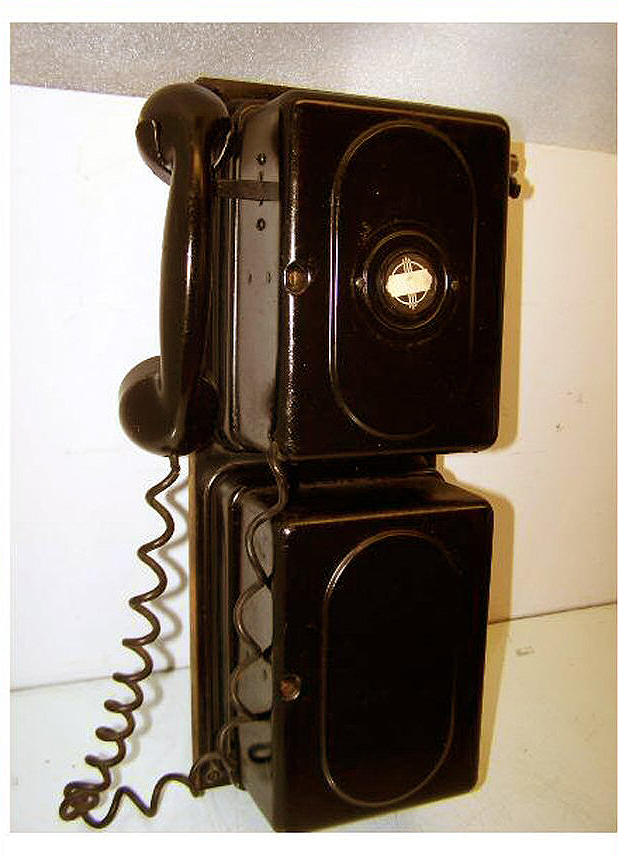
The Automatic Electric Company "Monophone" was used widely by railroads for track-side communications posts. They were also used on commercial telephone systems as well. The photo below illustrates how the railroads used the "Monophone" in track side enclosures intended for use by railroad personnel.
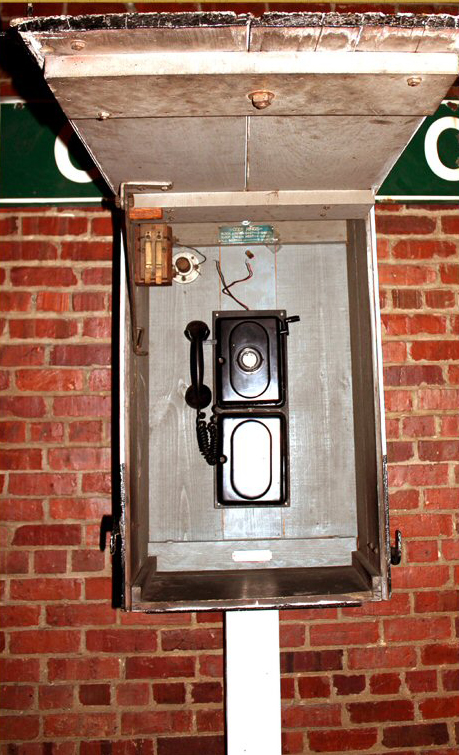
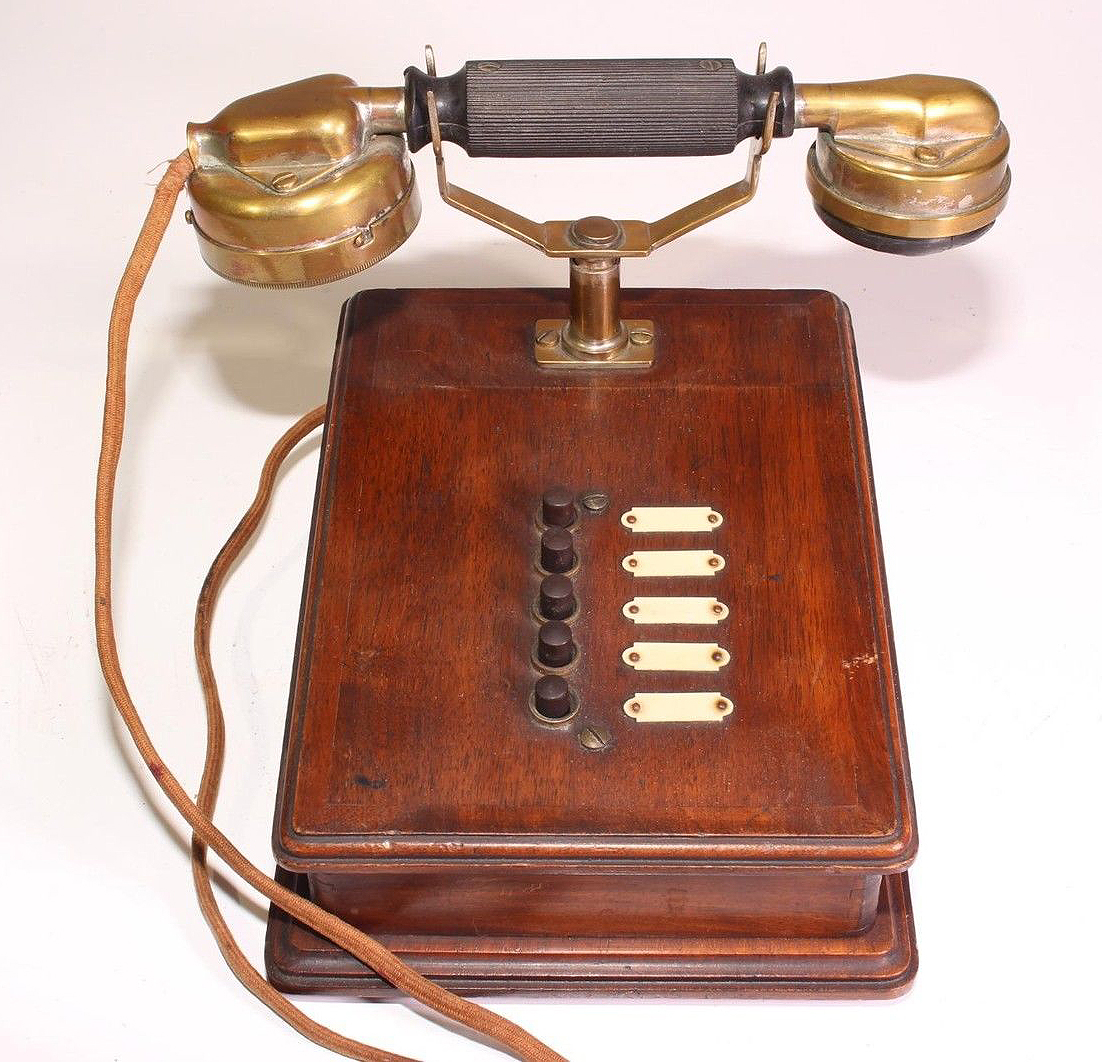
Photo above is of a locally switched multi-line desk phone that would have been in use in a facility where multiple phone lines needed to be accessed by a single phone. This was the available technology prior to the development of local PBX switches in small offices and stores.
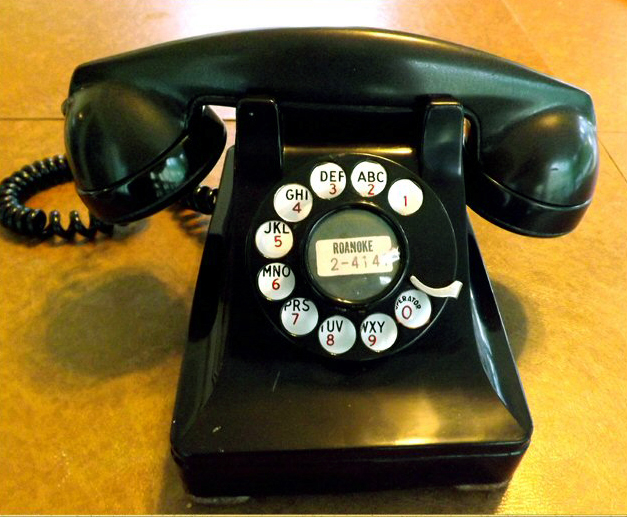
A FAMILIAR SIGHT TO MOST "BABY BOOMERS"
Western Electric Model 302 telephone was the "Bell System" standard in the early post-WW-II Era
Western Electric Model 302 telephone was the "Bell System" standard in the early post-WW-II Era
 |
As was the case in most electrical and electronic equipment manufacturing industries, World War II had brought a halt to the development of new consumer telephone equipment. During the years from 1942 through 1945, the entire facilities of Western Electric, the manufacturing arm of Bell Telephone, was diverted to the production of equipment for the military. During those years, most new phones in America were made by Canadian manufacturers such as Automatic Electric, since Canada was not at war and thereby able to continue production of products for the consumer markets. At the end of the war, AT&T began to manufacture again, and many of the Canadian phones which had been installed during the war years, were removed and replaced with Western Electric equipment. The model 302 table phone was one of the first phone models released after the war, and it became the standard for Bell System home and business phones for the next ten years. |
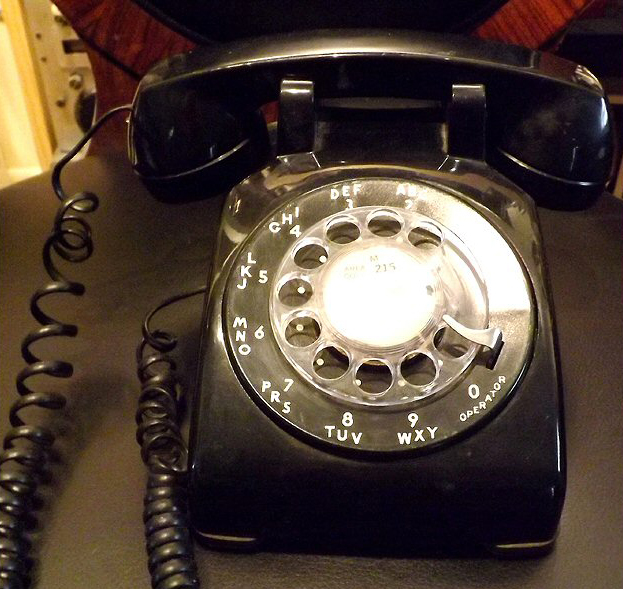
 |
A later Model 402 Western Electric dial phone that became a fixture in American homes during the late 1950's through the 1960's. By the early 1970's, these phones began to give way to a new line of push-button, digital dialing phones, many of which are still in use today. Backward compatibility was maintained on all models of Western Electric rotary dial phones throughout the 20th Century. Only with the advent of ESX series solid-state central office switching equipment, which offered features like call forwarding, last number dialed, voice mail, etc., did the rotary dial phone actually become obsolete. |
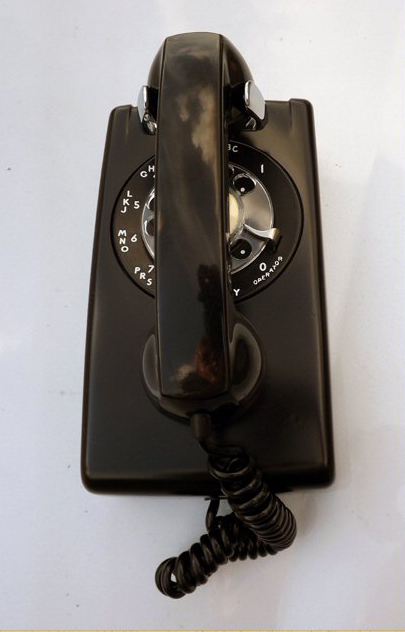
A late 1950's Western Electric 554 Series wall phone. This phone was a companion design to the 402 desk model above.
INTERCOM PHONES
In urban areas where apartment buildings became popular in the early part of the 20th Century, the intercom phone was widely used as a means for tenants to allow visitors access to enter a building. These simple inter-communications devices allowed the user to screen the visitor, and then grant access by pushing a button that would activate a magnetic lock on the building's access door.
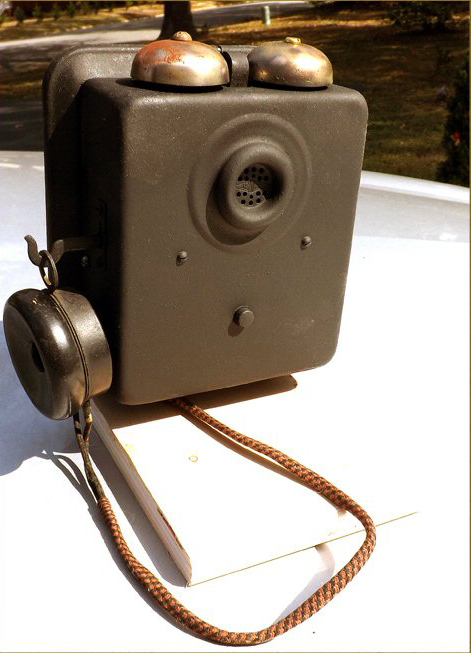
A 1922 DeVeau Model 2524 "suite set" vestibule phone that was widely used in apartment house applications during the 1920's. It was manufactured by the DeVeau Telephone and Electric Co. of Brooklyn, New York. Below is a catalog page from a 1922 industry catalog, showing the advertisement for the DeVeau Telephone equipment line. The phone above is in the ad at the upper left corner of the page.
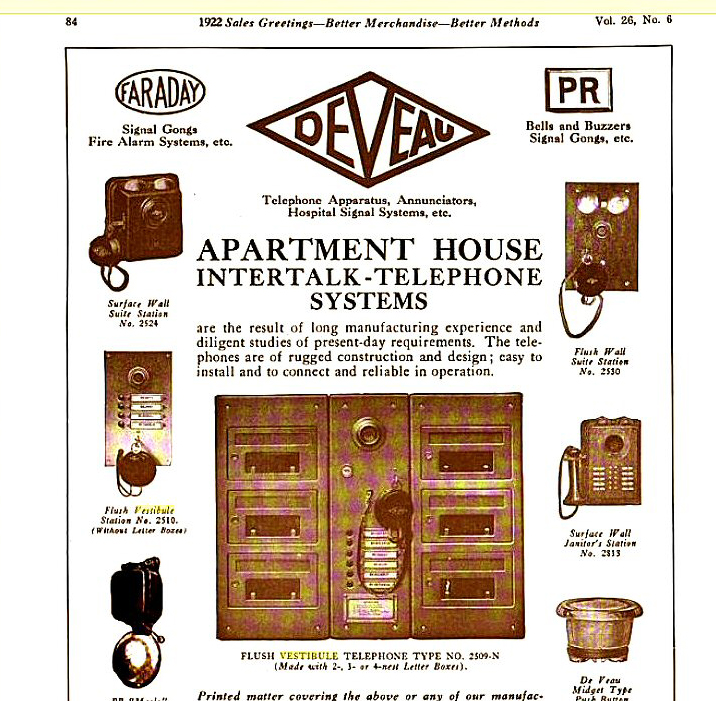
FOREIGN TELEPHONE EQUIPMENT
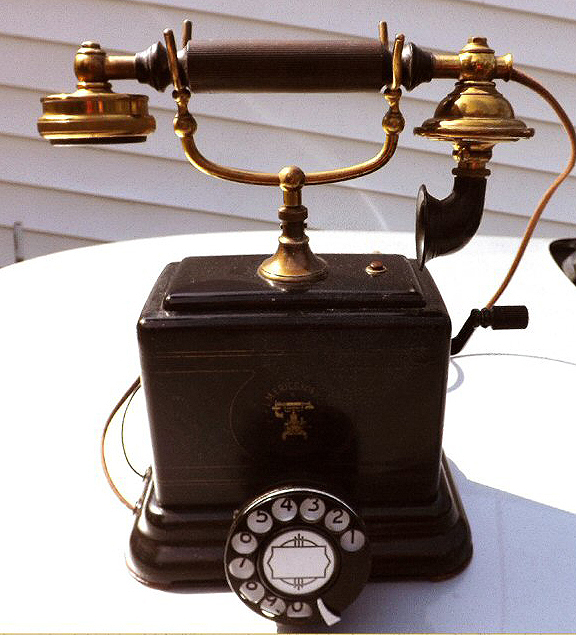
Ericsson desk phone made by the L. F. Ericsson Company of Stockholm, Sweden.
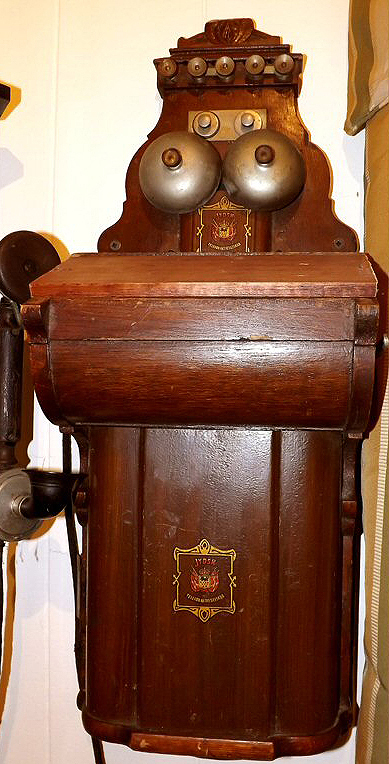
A European style Jydsk wall phone from late 1920's. Jydsk Telefon (K. Telegraf Verkets Verkstad, Stockholm) was a company operating in Sweden and Denmark. These phones utilized Western Electric and Kellogg Electric technology that was developed and in use in the USA during that same era.
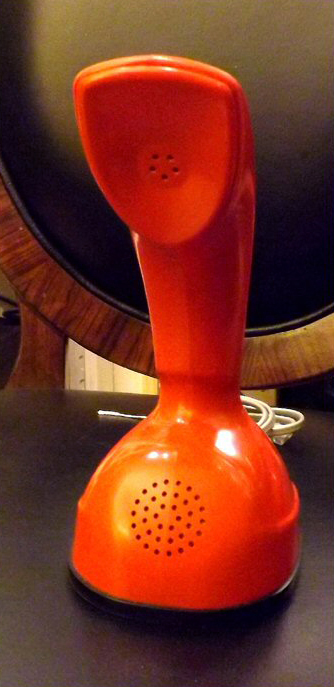
 |
In the 1960s, modern design had become a requirement in the American home, and the utilitarian telephone did not escape the trend by any means. Wile the old black Western Electric phone in the hall had been the norm for many years, people were now requiring phones in other areas such as the bedroom. The Bell / Western Electric "Trim line" and "Princess" phones were popular in the bedrooms and kitchens in most American homes during that era. Likewise, interior decorators of the day gravitated toward the sleek continental lines of the Ericophon (show above). The Ericofon, made by the L. M. Ericsson Company of Sweden, is perhaps one of the biggest steps forward in telephone design. World War II had produced a number of new materials. From Plastics to lightweight ferromagnetic materials, the door was opened for a new era in telephone development. |
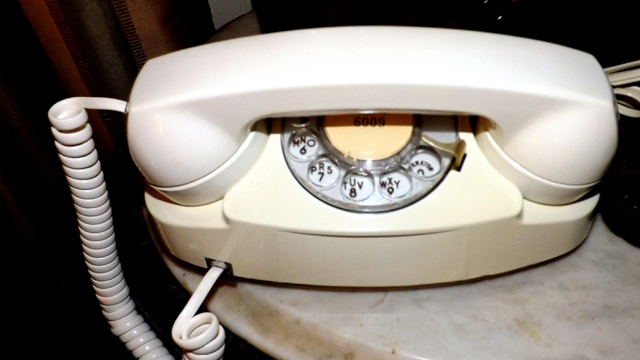
Example of a vintage 1960s AT&T "Princess" telephone with rotary dial
PUBLIC TELEPHONES
A major offshoot of the phone industry was the "public" or pay telephone. Found in great abundance across America from the late 1930s through the introduction of personal cellular telephone, public telephones were a large source of revenue for phone companies and a great convenience for customers.
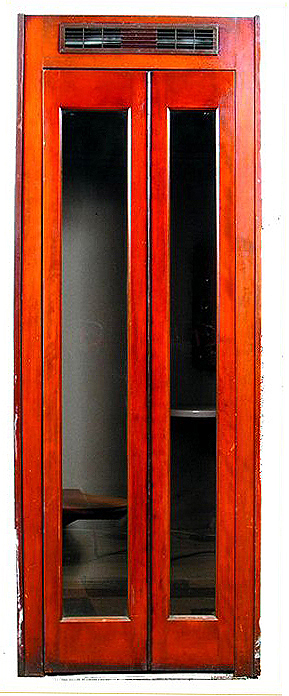
A Western Electric wooden phone booth of the design that was universal across America in the 1930s through the late 1950s. These booths were equipped with sound proofing, a seat for users to sit comfortably, a ceiling light which was activated when the folding doors were closed, and even a forced ventilation fan for the user's comfort. These units could be found everywhere from hotel lobbies, train and bus stations, office buildings and even the corner drug store.
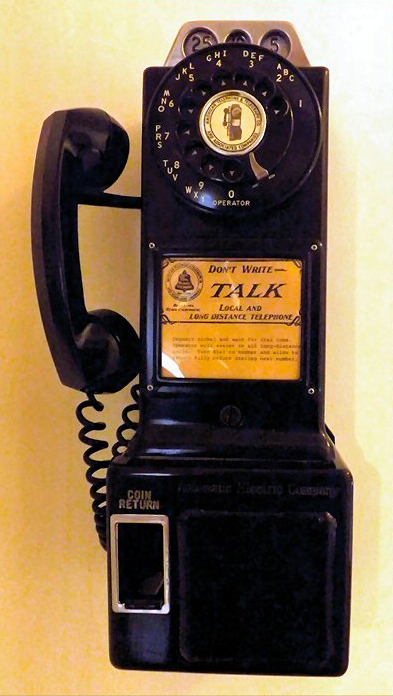
 |
A classic example of the "Great American Pay Phone" of the WW-II Era. This phone was built for the Bell System by Automatic Electric Company. Often, the question arises as to why the Bell System in the USA, which owned and operated the manufacturing division that was Western Electric, was purchasing phones from the Canadian company Automatic Electric. The answer is that during World War-II, much of Western Electric's resources had been devoted to military development and production. Since Canada was not at war, Canadian companies were able to produce consumer products without the restraints that were imposed on US companies. Because of the wider availability of the Canadian manufactured phones, Bell began using the Automatic Electric products during those war years. Immediately after the war ended, however, Bell began the systematic replacement and discarding of the non-Western Electric products. It should also be noted that up until break-up of the Bell / AT&T monopoly several years after World War-II had ended, all phones and telephone equipment permitted for use on the Bell System network, had to be owned by AT&T or one of its subsidiaries. Federal tariffs prohibited use and installation of any customer owned equipment on the Bell network under penalty of Federal Law. |
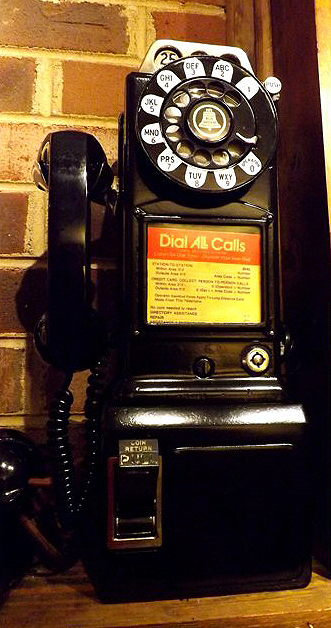
Another example of a Bell System public phone. This one is by Western Electric and dates to the late 1940's. .
TELEPHONE SERVICE AND PROTECTION EQUIPMENT

Soon after telephone networks began to spring up across the countryside, the Bell Telephone Company realized that there was a danger to both the company's property, and the property of subscribers, from such perils as lightning strikes on the network, and accidental inter-connection with power lines. As a remedy, Bell Laboratories developed protective fuses, such as the one above, which were installed at the customer's location to protect the equipment and incoming phone lines against accidental voltage spikes on the line. While modern phone systems still use a fusible protective device in the terminal box coming from the phone company, evidence of these early 1900s relics can still be found in some older residences.
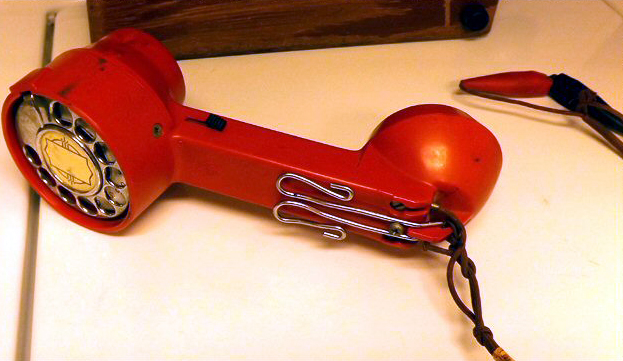
Rotary Dial "Butt Set" instrument used by telephone technicians.
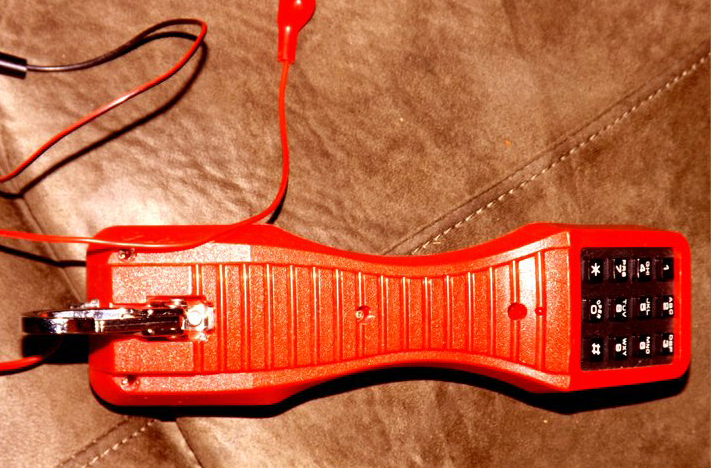
A later model "butt set" designed for digital dialing system troubleshooting
TELEPHONE BASED CONTROL SYSTEMS
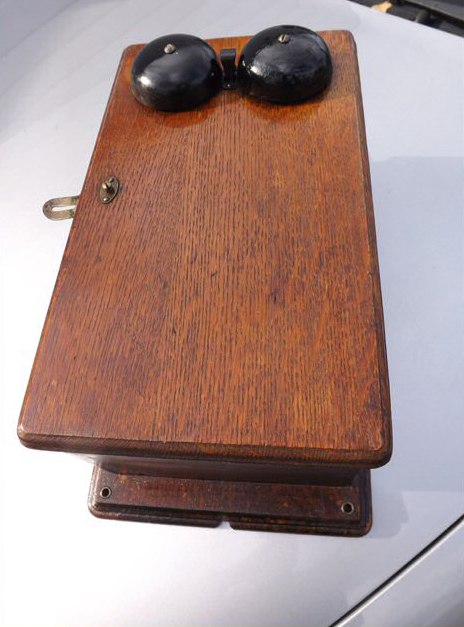
The device above is a selective control telephone that was made by Western Electric for use by the railroads. To see more information, click the graphic below.
Today, in the age of "smart" wireless phones, we take for granted the concept of being able to secure your home, control your lights, air conditioning systems, and even video connect into a location. While these features became available through recent cellular telephone developments that incorporated computer devices into the phone, the concept is not a new one. As early as the 1920s, railroads and security companies learned that they could use the convenience of the evolving telephone networks, to control a multitude of applications including home, business and bank security and alarms, as well as devices and even trains on the nation's railroads. The device shown here is an example of a product that allowed one dispatcher to control many trains by making use of the telephone network.
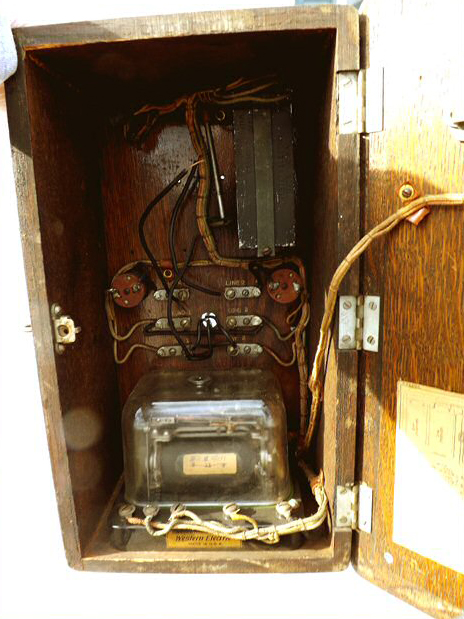
To see the complete manual on this device, click the graphic above.
No museum collection of old telephone systems would be complete without an opportunity to listen to some of the unique sounds that emanated from the telephone networks of the mid-20th Century. Here are three examples:
For interested Phone Phreaks, we recommend visiting the Evan Doorbell site of recorded telephone history.
http://www.evan-doorbell.com/production/
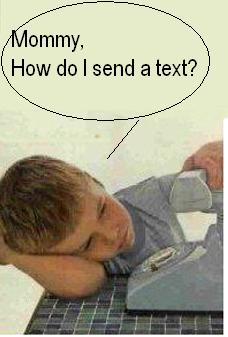
DID YOU KNOW?
20 Million Americans, who were born after 1980, have never placed a call on a rotary dial telephone
20 Million Americans, who were born after 1980, have never placed a call on a rotary dial telephone
Please continue your tour in the next gallery
Copyright 2023, The Museum Of Yesterday
